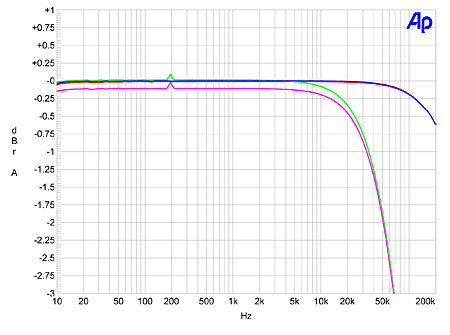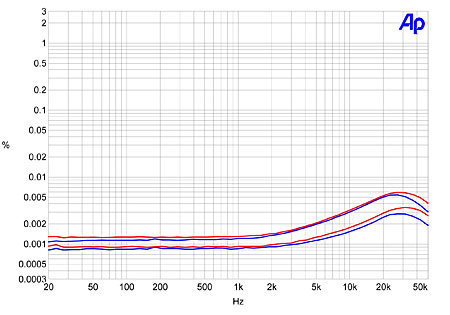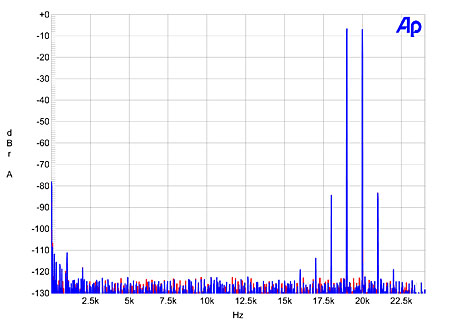| Columns Retired Columns & Blogs |
JA: While it's clear that you were greatly (!!??)impressed with the Parasound JC-2 preamp's soundstaging (and I'm glad to see it mentioned the JC-2 may work best with "warm sounding power amps), I wish you had gone down the check list of performance parameters, like I believe he had during listening tests of other hardware. Perceived performance parameters like: Soundstage (extending in height, width beyond the speakers and behind them); Tonality (Lush, sweet, extended and full-bodied, but without overly relaxed or syrupy signatures);
Microdynamic detail; Highs: (Holographic, sweetly articulate and airy, without brittle or brightness); Midrange (Lush, three-dimensional and involving, perhaps as if voiced by a 300B SET amp's "midrange magic"); Lower Midrange to Midbass ( Robust and authoritative down to 70Hz, like an 845 tube amp). Imaging: (Lifelike spatial placement of vocals and instruments).
Overall, what remains the strengths and weaknesses of both of these preamps to your ears when playing most various types of music?











































